Note: this blog closed in 2018 and is not being updated. For further updates on the Royal Daimler conservation please visit the National Museum of Australia blog.
Look what we found!
by Nathan Pharaoh on 7 October, 2016
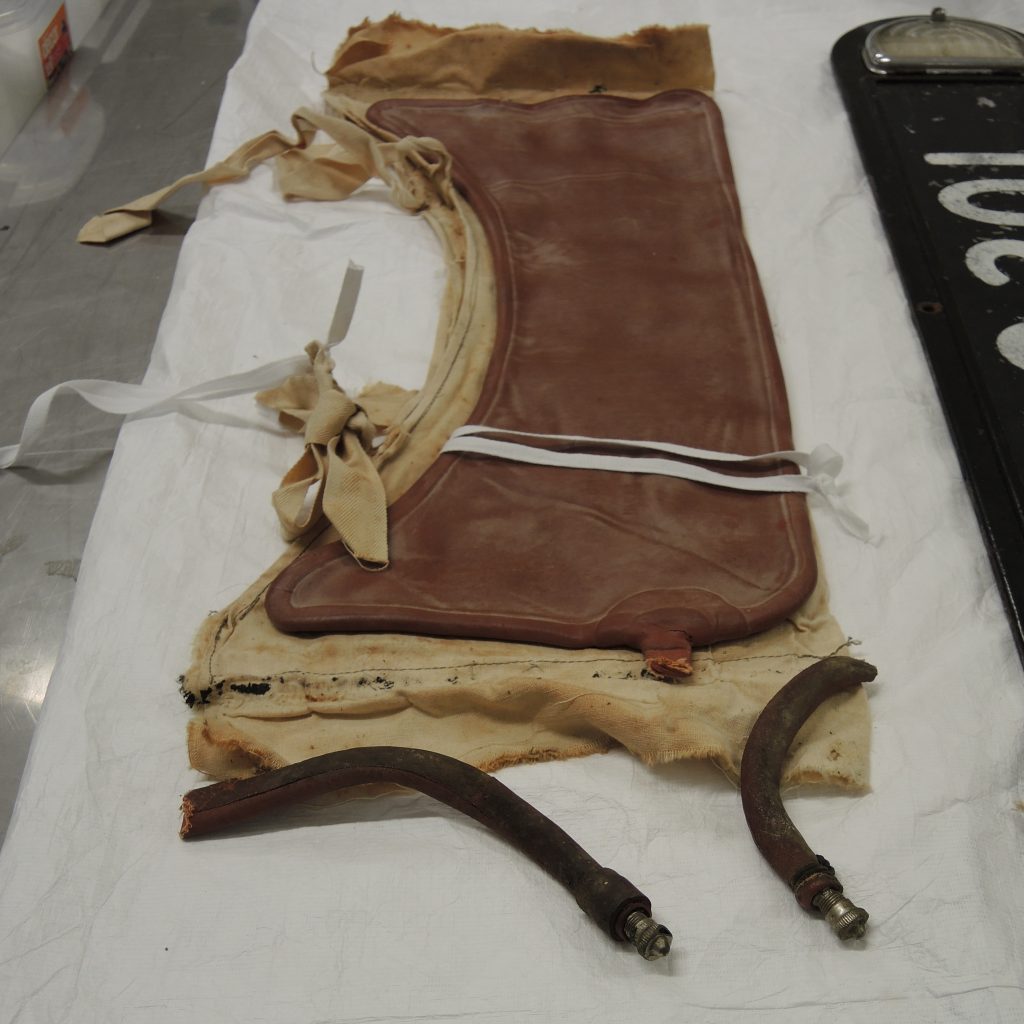
This strange looking object is an adjustable air-bladder lumbar support which would have provided a comfortable ride for Queen Elizabeth II during her 1954 tour of Australia.
Continue reading “Look what we found!”Working on the Hooper body
by Nathan Pharaoh on 2 September, 2016
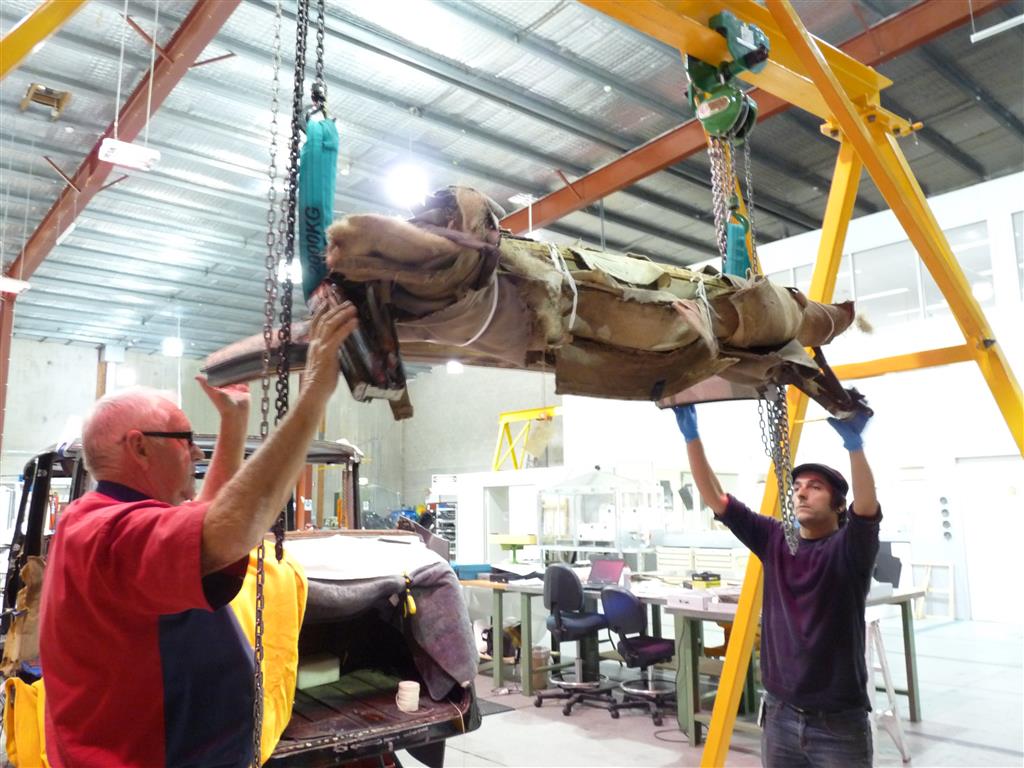
In the last six months we have been working on the body and interior of the Daimler – involving a lot of dismantling, a lot of close inspection and a whole range of decision-making.
Continue reading “Working on the Hooper body”Ticking Over
by Vicki Humphrey on 24 May, 2016
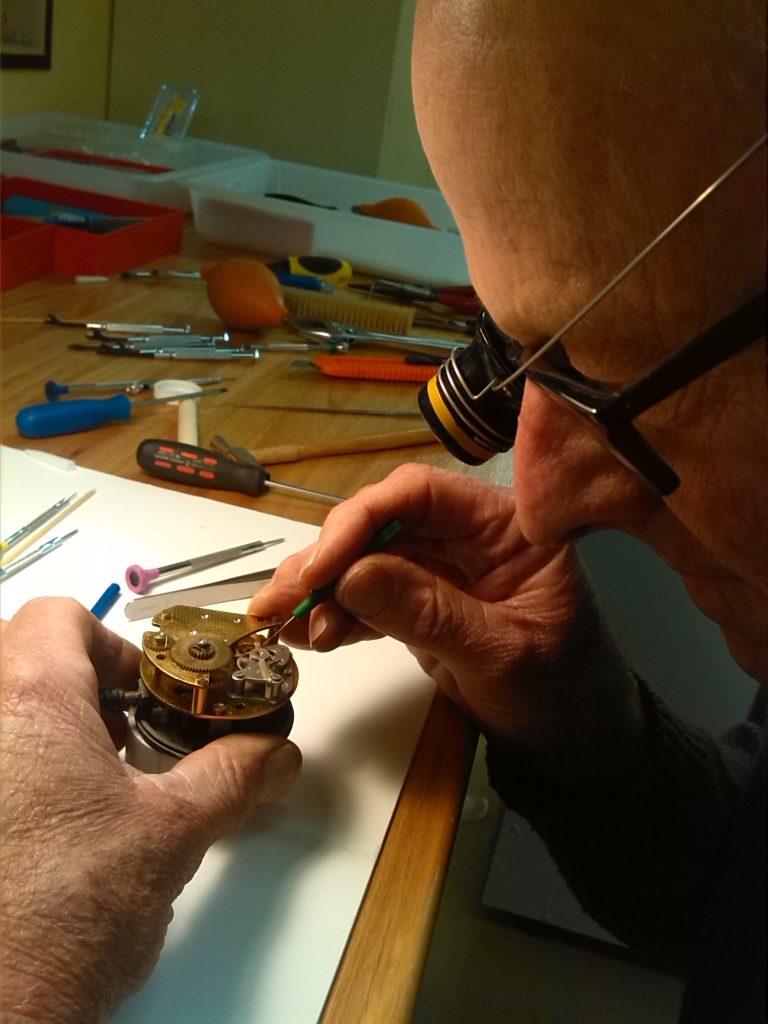
We recently had conservator and horologist, Peter Bucke, come in to work on the instruments on the Daimler dashboards – there is one in each of the front and rear compartments. Its great to see the Daimler clock now back in action. Continue reading “Ticking Over”
Fanfare needed! The Daimler is running … and it purrs
by Vicki Humphrey on 16 March, 2016
We have been wanting to tell you about this for a while … but even better … you can now see it for yourselves. Continue reading “Fanfare needed! The Daimler is running … and it purrs”
Still here and wishing you all the best for the Christmas and New Year holidays
by Vicki Humphrey on 23 December, 2015
The Daimler project has been a bit silent recently. I would like to say we have been working on being mysterious but that would be only part of the story. As you know we work on a lot of different objects and we have had to give the Paddle Steamer Enterprise a lot of TLC lately. We are also proud to report that the National Museum’s Model T Ford Truck – the Aeroplane Jelly truck – is now on display in Canberra airport. And it is getting a lot of visitors. Continue reading “Still here and wishing you all the best for the Christmas and New Year holidays”
Testing Testing
by Nathan Pharaoh on 27 March, 2015
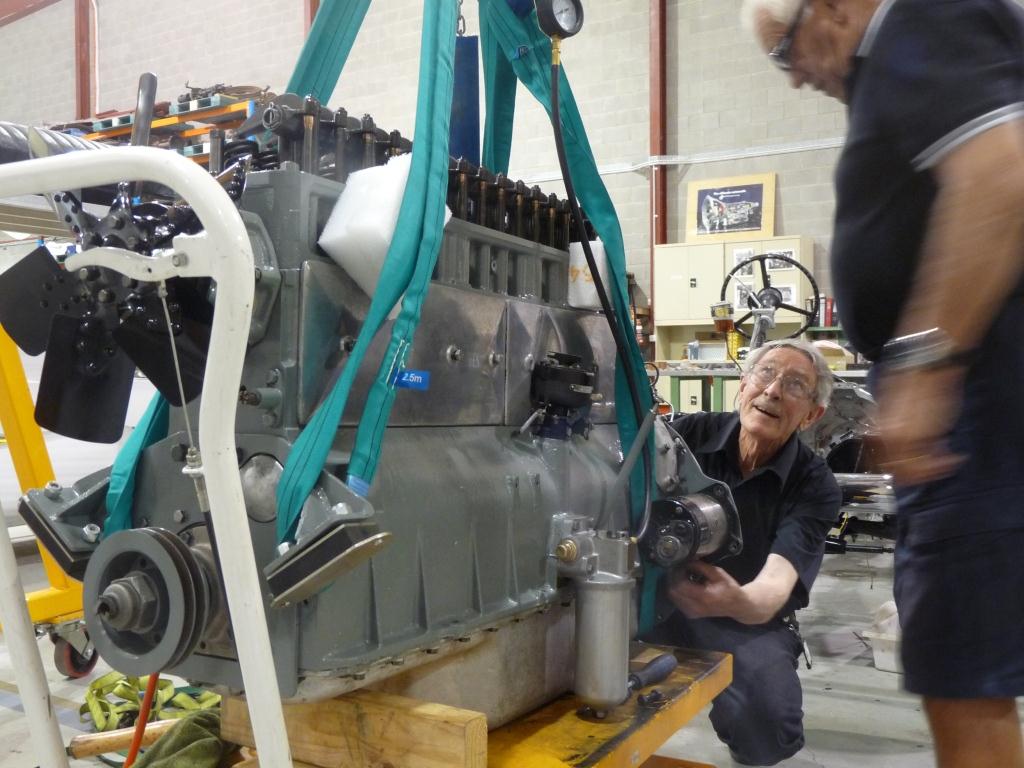
Shortly after the installation of the engine’s crankshaft, the team here at the National Museum got busy bolting on the auxiliary engine components with the aim of reuniting the vehicle’s engine to the newly treated chassis.
But before the engine is installed, we need to carry out a few leak tests and pressure tests. Continue reading “Testing Testing”
Mixed Feelings and a Very Big Engine
by Vicki Humphrey on 4 March, 2015
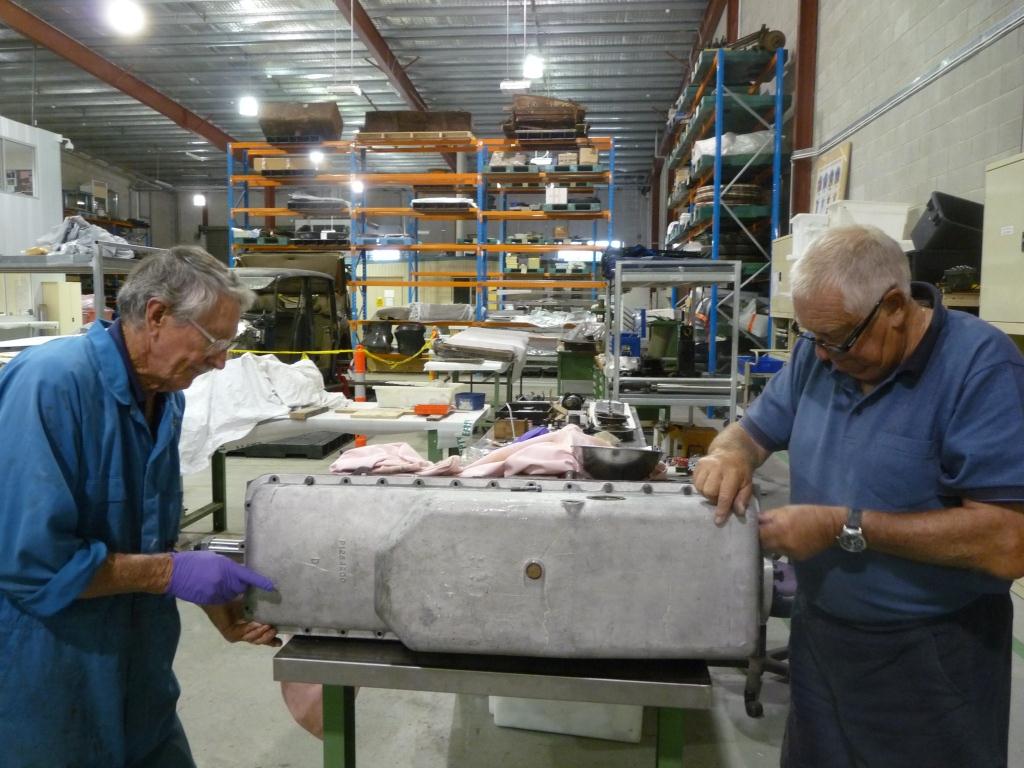
It was with both a sense of regret and considerable excitement, that the Large Technology team completed the assembly of the motor for the Daimler. Continue reading “Mixed Feelings and a Very Big Engine”
New Year, New Conservator, Forward Planning
by Vicki Humphrey on 9 February, 2015
Happy New Year.
Work is continuing on the Royal Daimler and we are hoping to provide more updates in the coming weeks. We have made progress with the engine and more detailed planning for work on the body is gearing up. Continue reading “New Year, New Conservator, Forward Planning”
The Queen is in town
by Catrina Vignando on 12 November, 2014

It was 1954, post depression, post World War II and the visit of the young and beautiful Queen Elizabeth transfixed the nation. Continue reading “The Queen is in town”